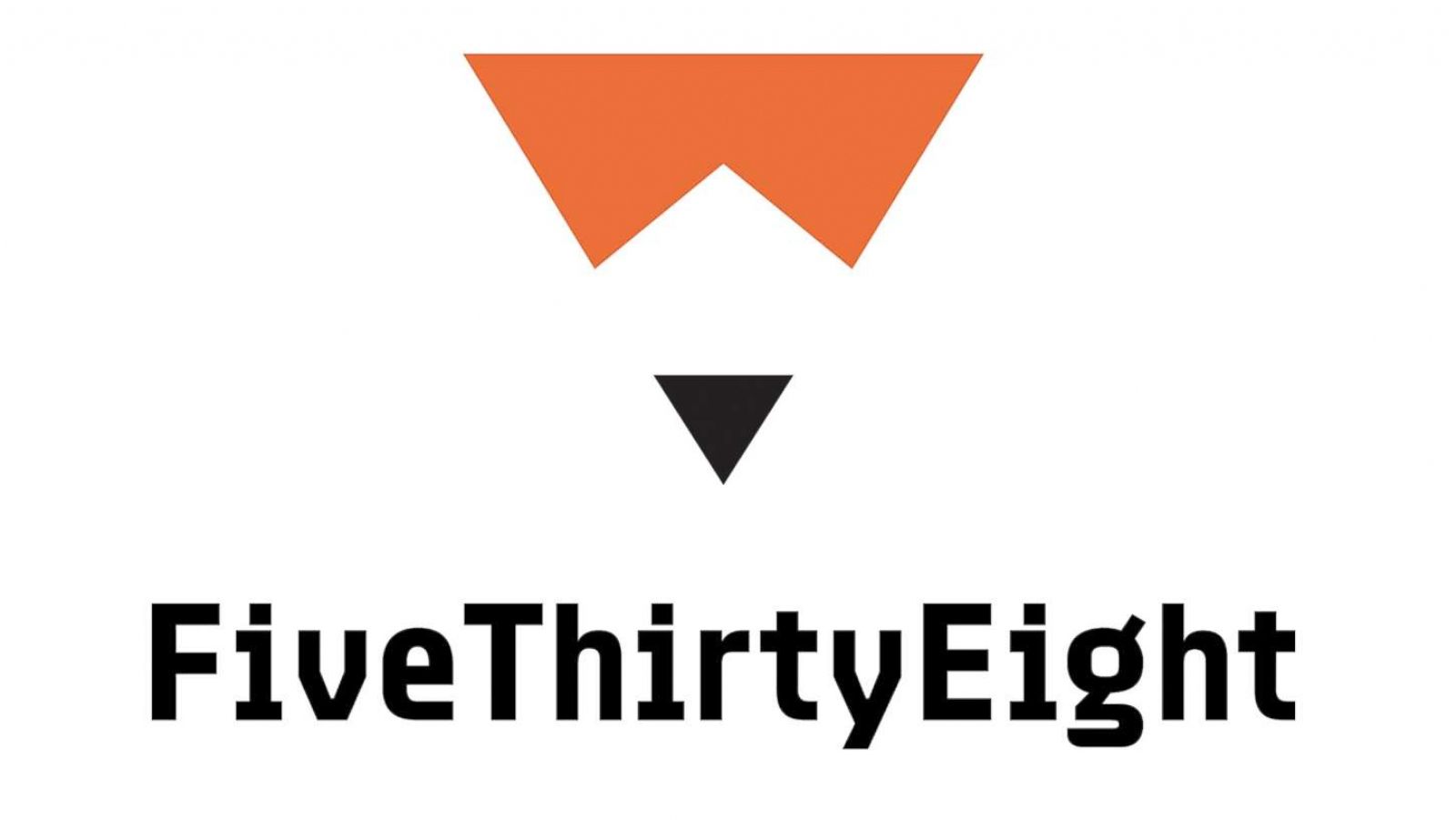FiveThirtyEight’s Impact on Political Discourse

FiveThirtyEight, the website founded by Nate Silver, has become a prominent force in shaping public perception of political events. Its data-driven approach, which relies on statistical modeling and analysis, has significantly influenced the way people consume and understand political information.
FiveThirtyEight’s Methodology
FiveThirtyEight’s methodology involves aggregating data from various sources, including polls, election results, and economic indicators, to create statistical models that predict the outcome of elections and other political events. The website uses a combination of different statistical techniques, such as Bayesian inference and regression analysis, to generate its forecasts. FiveThirtyEight’s models are known for their transparency and accuracy, which has earned the website a reputation for credibility and objectivity.
Comparison with Other Forecasting Models, Fivethirtyeight
FiveThirtyEight’s methodology stands out from other political forecasting models in several ways. First, FiveThirtyEight incorporates a wide range of data sources, which allows for a more comprehensive and nuanced analysis of political trends. Second, FiveThirtyEight’s models are updated regularly, reflecting the latest developments in the political landscape. This dynamic approach ensures that the website’s forecasts are as accurate as possible. Finally, FiveThirtyEight provides detailed explanations of its methodology and assumptions, which allows readers to understand the basis for its predictions.
Influence on Political Discourse
FiveThirtyEight’s data-driven approach has had a profound impact on political discourse. The website’s forecasts have become a widely cited source of information for journalists, politicians, and the general public. By providing a statistical framework for understanding political events, FiveThirtyEight has helped to shift the focus of political discussions from anecdotal evidence to empirical data. This shift has contributed to a more informed and nuanced understanding of politics.
FiveThirtyEight’s Data-Driven Approach

FiveThirtyEight’s success lies in its commitment to a data-driven approach, employing a sophisticated methodology to analyze and interpret vast quantities of information. This commitment allows them to provide insightful predictions and analyses on various topics, including politics, sports, and the economy.
Data Sources Used by FiveThirtyEight
FiveThirtyEight utilizes a diverse range of data sources to fuel its analyses. These sources can be broadly categorized into three main groups: polls, demographics, and historical trends.
- Polls: FiveThirtyEight aggregates data from various public opinion polls, including national, state, and local polls. These polls provide valuable insights into public sentiment and voter preferences.
- Demographics: FiveThirtyEight leverages demographic data, such as age, race, ethnicity, income, and education level, to understand the composition of the electorate and its potential impact on voting patterns.
- Historical Trends: FiveThirtyEight analyzes historical election results, political trends, and economic data to identify patterns and predict future outcomes. This historical perspective helps them to contextualize current events and make more informed predictions.
Combining Data for Forecasts
FiveThirtyEight combines data from these sources using a sophisticated statistical model to create its forecasts. The model considers various factors, including:
- Poll Accuracy: FiveThirtyEight assigns weights to different polls based on their historical accuracy and methodology.
- Demographic Factors: The model accounts for the demographic characteristics of the electorate and their potential influence on voting behavior.
- Historical Trends: FiveThirtyEight incorporates historical data on election results and political trends to adjust its forecasts based on past patterns.
Data Sources for Specific Political Events
The following table illustrates the different data sources used by FiveThirtyEight for specific political events:
| Political Event | Data Sources |
|---|---|
| Presidential Election | National polls, state polls, demographic data, historical election results, economic indicators |
| Congressional Election | State polls, district polls, demographic data, historical election results, campaign spending data |
| Governor’s Race | State polls, demographic data, historical election results, economic indicators |
FiveThirtyEight’s Influence on the Media Landscape

FiveThirtyEight, with its data-driven approach to political analysis, has significantly impacted the media landscape, influencing how political events are covered by traditional and social media outlets. The platform’s influence can be seen in the increased emphasis on data-driven analysis and the growing use of statistical models in political reporting.
Impact on Traditional Media
FiveThirtyEight’s influence on traditional media is evident in the increased adoption of data-driven analysis and the use of statistical models in political reporting. Traditional media outlets, like newspapers and television news channels, have increasingly incorporated data and statistical models into their coverage of political events, often citing FiveThirtyEight’s analysis as a source. This shift reflects the growing importance of data-driven insights in political journalism and the recognition of FiveThirtyEight’s expertise in this area.
Impact on Social Media Platforms
FiveThirtyEight’s influence on social media platforms is characterized by the platform’s ability to generate discussions and debates on political issues. FiveThirtyEight’s analysis often sparks conversations and debates on social media, with users engaging in discussions about the platform’s forecasts and methodology. This influence extends beyond the platform itself, as users share FiveThirtyEight’s content and analysis on various social media platforms, further amplifying its reach and impact.
FiveThirtyEight, known for its data-driven election analysis, has been closely watching the upcoming minnesota election. With its unique blend of polling data, statistical modeling, and insightful commentary, FiveThirtyEight offers a comprehensive view of the political landscape, providing valuable insights for voters and analysts alike.
FiveThirtyEight, known for its data-driven political analysis, recently delved into the intricacies of the minnesota primary results , examining how these outcomes could shape the national political landscape. Their insights, often presented in engaging visualizations and interactive maps, provide a nuanced perspective on the evolving political climate in Minnesota and beyond.